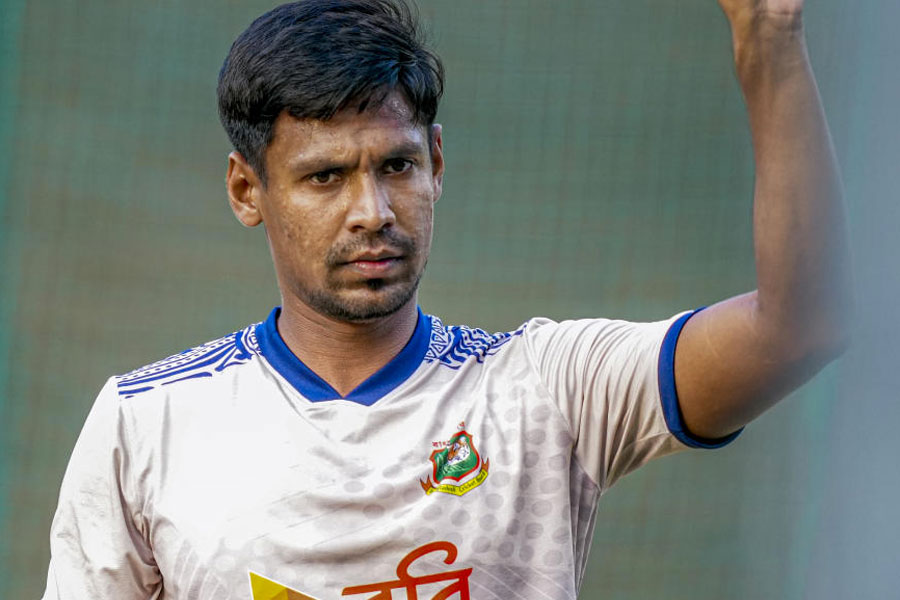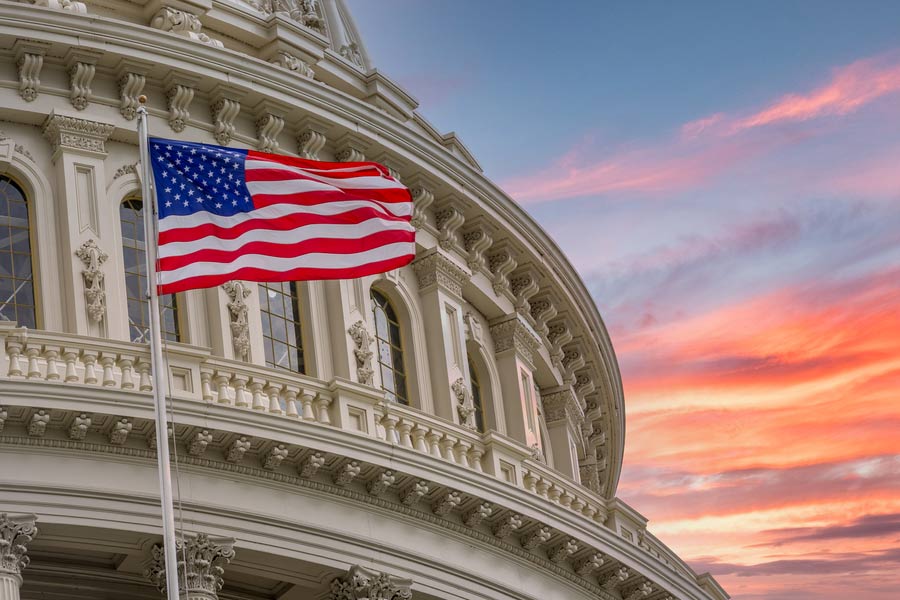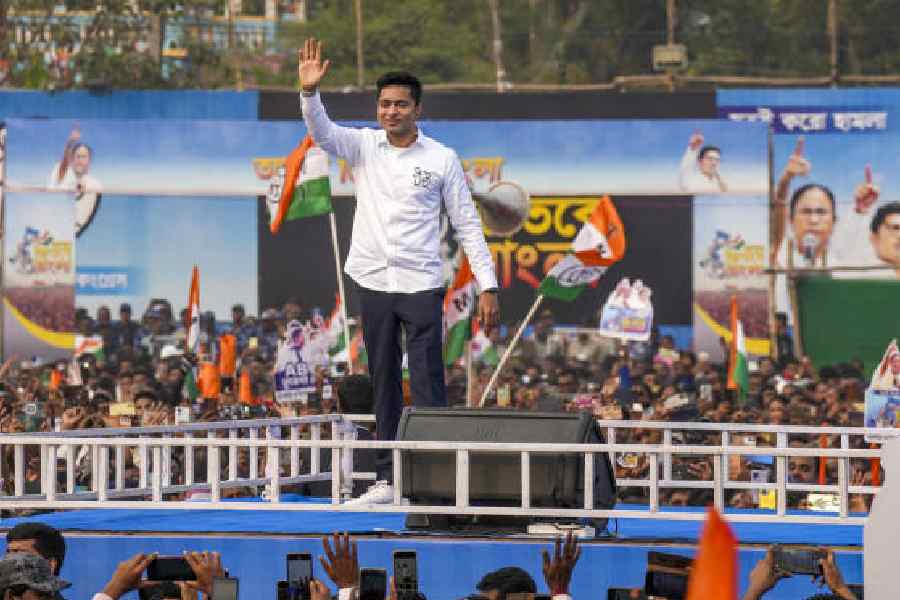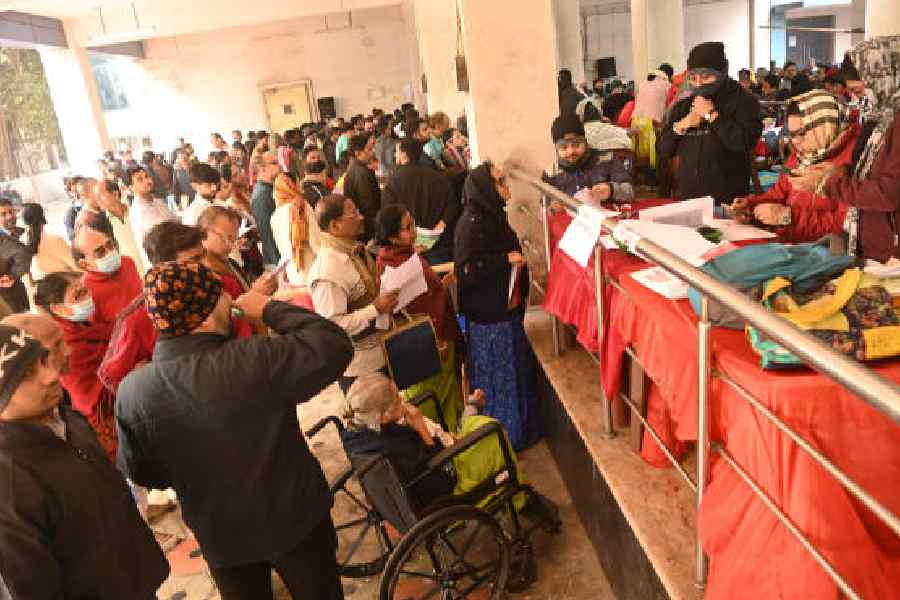The insistent invitation, as the gullible Red Riding Hood would have understood not long after entering the camouflaged lair of Granny Wolf, is nothing to amble into unawares. Conditions apply and consequences follow. Attempted devouring — or devouring itself, as happened to Ms Hood’s grandmother and was about to happen to Ms Hood herself — isn’t off the table.
And so it was that when the agencies and functionaries of the Government of India began to invite and re-invite media attention and confirm and reconfirm presence in multi-pronged ways, caution and scepticism began to get triggered. What was all that energy and eagerness about? As it turned out, the objective was relatively benign, though not the governing notion that had propelled the hyperactive entreaty. The core purpose was to summon a captive media court and annotate to it the significance of the Establishment’s thrust on getting the Tricolour hoisted on each Indian home during this coming week. Government publicity, it will be said in defence, for a government programme. Except that the national flag, or the sentiment that swirls around it, is not the proprietorship of the government. Any government. It has, in fact, no place in governments that come and governments that go. The national flag is an altogether higher and profound thing whose idea is not for ephemeral governments to subsume. The idea that the party, the government and the nation are all one and the same thing is central to Narendra Modi thought, such as it is. Nothing should suggest to us that Modi thought is correct merely because it is the ruling ecosystem’s thought or is sought to be made the new normal. Just like it has become the new normal to assume that the media is an ancillary to the Modi project, an extension of its promotion and propaganda division. Here’s an instance from the briefing so assiduously summoned. Towards the end of the elaborate “har ghar tiranga” exposition, the officer in charge suggested helpfully to journalists that media houses could contribute their own to the event by providing national flags to all employees ahead of Independence Day. (The overture came, it must be mentioned in parenthesis, at a time when Mohammed Zubair of the fact-checking portal, Alt News, was being pelleted with allegations by agencies of more than one government, a second Kashmiri journalist was disallowed foreign travel at the departure desk of Delhi airport, and Siddique Kappan, the Kerala journalist, continued to languish in jail in Uttar Pradesh.) Again, such resort could be defended as a perfectly ordinary request being put out in the 75th year of Independence. But in truth, it is quite an extraordinary thing for a government officer to spell out to the media what it may do towards promoting what is essentially a government effort. It recalled, quite instantaneously, Indira Gandhi’s Emergency-era advocacy of commitments to her causes which she refused to see as in any way different from the causes of the nation.
The Modi scheme comes from similar, if not deeper, expectation of compliance to its objectives and ends from the media. It discourages criticism, very often assaults and demonises adverse notice. If nothing else, with the rhetoric of ultranationalism, anything that challenges the Modi government or raps it is liable to be labelled anti-national. Kashmir and related issues are a handy litmus to test that. Or issues related to minorities.
This dispensation approves of positive news, positive towards Modi and all that he presides over. It is happy to invite the media to become part of the ‘national and patriotic’ effort, which translates as the effort of Modi and Co. Criticism, however just and deserved, is ‘unhelpful’, even ‘harmful’ and ‘destructive’, very often plainly not in the national interest or palpably against it.
What has happened in the process is that the craft and practice of journalism have become things of the dispensation’s description — you are either with it, or against it. And the corollary is a not-so-fine line separating one from the other. There are those today who have something called access, and there are those who do not — those who have been devoured and those that have been disemboweled.
Denying access to key portals of government and party was one of the first, and probably most consistently held, policy shifts of the Modi government. The media, Modi made it apparent soon after ascending to power in 2014, was a thing of irrelevance to him, especially adversarial media. And so he had it excised from this touring aircraft, chose not to have a spokesperson in the prime minister’s office, and refused to hold a press conference or answer questions that he or his minions had not pre-dictated to journalists.
Those allowed access become taken, wittingly or unwittingly, by a ploy far more insidious than it would seem. On the face of it, access to those who wield power, those who take the big decisions that impact the people this way or that, is what most good journalists should aspire to. Information, remember, is ammunition. But that is not how access has come to work. It is an invitation to the charmed circle of power, but dog-collared with the omerta pledge, non-compliance to silence will bring consequences. An unnamed source giving out good information also came from access. So was perspective inimical to the Establishment of the day given out on background by an embedded entity. Access no longer allows a journalist information, quite the contrary. Access purchases a journalist’s silence. It’s not remotely an exaggeration to suggest that the journalist is now being accessed by the power Establishment than the other way around. This is why. The information that comes with access has a tag attached: strictly not to be used. And what good is that? Such information is not ammunition, it is a damp squib whose only purpose is to reduce what should ideally be an adversarial relationship — between power and the media — to a comfortable conspiracy of silence, make lapdogs of what should have been watchdogs. Metaphorically, quite the same as what Granny Wolf intended for Red Riding Hood of the woods. The girl of the fable was fortunate to escape, it’s for the media to determine ways to halt a comprehensive devouring. There isn’t a kindly wood-cutter hanging about in this jungle to come to the rescue. The pity is we don’t even sense the peril, much less yell it out loud.
P.S. Happy 75th Independence anniversary week, fellow Indians; renew your vows to freedom and rejoice, this is a celebration of our making, not of this government, or any other.
sankarshan.thakur@abp.in










